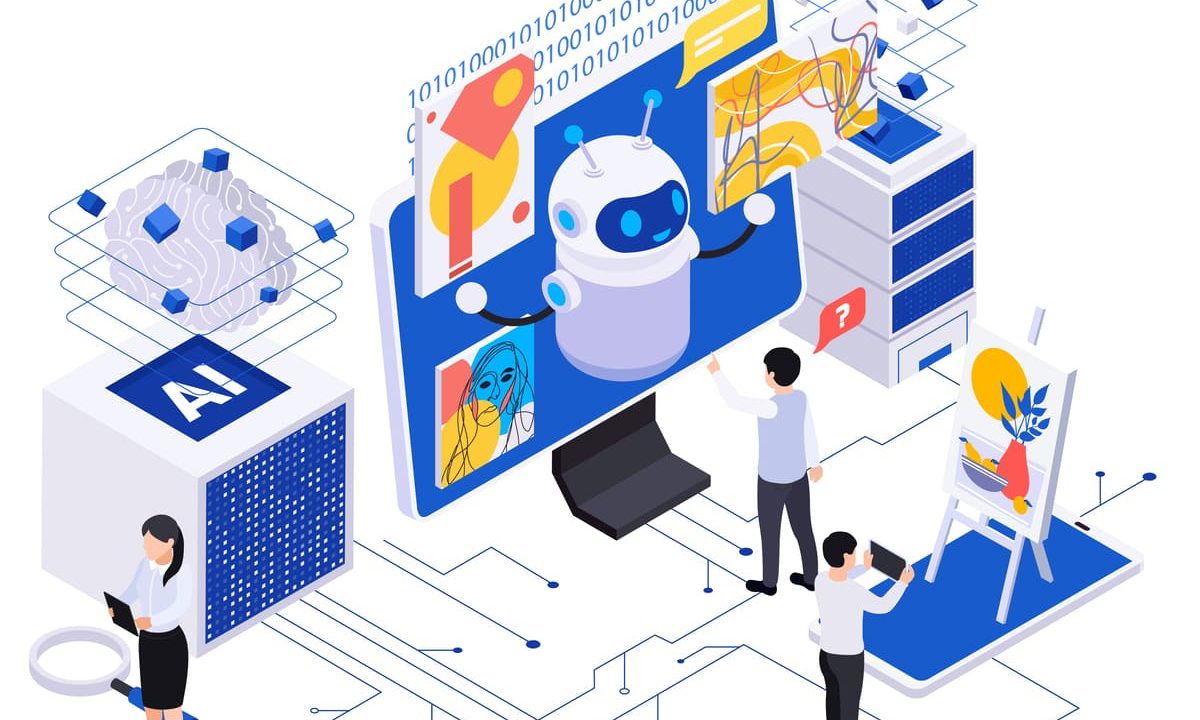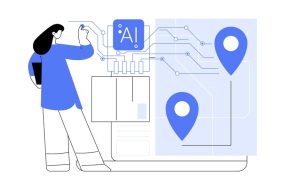
The AI Pollution of the Internet
The internet’s AI slop problem refers to the phenomenon where artificial intelligence (AI) systems produce suboptimal or mediocre results due to the complexity and noise in the data they’re trained on. This can lead to inaccurate predictions, poor decision-making, and even catastrophic failures.
What is the AI Slop Problem?
The AI slop problem is a result of the increasing complexity of AI systems and the vast amounts of data they’re trained on. As AI systems become more advanced, they require larger and more diverse datasets to learn from. However, this increased complexity can lead to errors and inaccuracies in the system.
Real-World Examples
- Self-Driving Cars: In 2018, a self-driving car developed by Uber crashed in Arizona, killing a pedestrian. The investigation revealed that the car’s AI system was unable to detect the pedestrian due to the complexity of the data it was trained on.
- Medical Diagnosis: A study published in the Journal of the American Medical Association found that AI-powered diagnostic systems were only 70% accurate in diagnosing breast cancer, compared to 90% accuracy of human radiologists.
- Chatbots: Many chatbots are designed to provide customer support, but they often struggle to understand the nuances of human language, leading to frustrating and unhelpful interactions.
Causes of the AI Slop Problem
The AI slop problem is caused by a combination of factors, including:
- Data Quality: AI systems are only as good as the data they’re trained on. Poor data quality, noise, and bias can lead to suboptimal results.
- Complexity: AI systems are often designed to solve complex problems, but this complexity can lead to errors and inaccuracies.
- Lack of Human Oversight: AI systems are often designed to operate autonomously, but this can lead to a lack of human oversight and accountability.
Solutions to the AI Slop Problem
To address the AI slop problem, developers and users can take several steps, including:
- Data Cleaning: AI systems require high-quality data to produce accurate results. Data cleaning and preprocessing are essential steps in the AI development process.
- Human Oversight: AI systems should be designed with human oversight and accountability in mind. This can include human review and validation of AI-generated results.
- Explainability: AI systems should be designed to provide explanations for their decisions and actions. This can help identify biases and errors in the system.
Conclusion
The AI slop problem is a significant challenge that AI developers and users must address. By understanding the causes of the problem and implementing solutions, we can ensure that AI systems produce accurate and reliable results. As AI continues to evolve, it’s essential that we prioritize data quality, human oversight, and explainability to avoid the pitfalls of the AI slop problem.
References
- The AI Slop Problem by Sify.com
- The Challenges of AI-Driven Decision Making by Harvard Business Review
- The Importance of Data Quality in AI Development by Data Science Central













